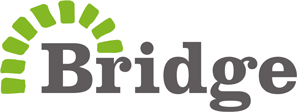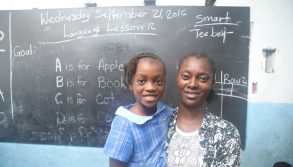Over half the world’s children won’t read by the end of primary school
15 February 2018
Today, 90% of primary school aged children in low-income countries are not expected to be able to read or do basic maths by the time they finish primary school. Over half the world’s children are not on track to be literate by the end of primary school.
The benefits of literacy are all too obvious and numerous to mention in their entirety but include political, cultural and economic participation with benefits for the health and wellbeing of both individuals and societies (UNESCO; 2006).
Most children in the world are being completely let down, left unequipped for life, and denied the the chance to succeed that they deserve.
What many do not realise, is that children in school are often being deprived an education too. Official estimates say that 330 million children and young people are in a school where they are not learning even the basics.
The situation may worsen: in sub-Saharan Africa, there will be 250 million more primary and secondary school aged children by 2050. Countries with weak education systems are being called on to increase access and quality at the same time. It’s a tall order for education systems that are struggling with the current load.
As the UK DFID Secretary said, “business as usual will not deliver the transformational change that is needed.”
The situation must be changed urgently, using new solutions and partnerships to tackle what the Chair of the Education Commission, Gordon Brown has called the ‘civil rights struggle of our time.’ The Education Commission and the Global Partnership for Education have attracted $2.3 billion in new funding commitments from governments worldwide.
The UK government’s response to this crisis has been to launch a new policy on improving education in low and middle income countries. This comes following the launch of CDC’s strategy last year which included increased DFID investment. The analysis in their new policy rightly recognised three critical challenges:
- Many teachers lack the knowledge, skills and support to do their jobs well;
- Education systems in low and middle income countries are often ineffective and resistant to innovations;
- Education funding and spending by local governments is often not effective.
All of which perpetuate bad learning outcomes, meaning there is a need for major systems and policy changes in all these areas.
Successfully addressing those major challenges will influence the ability to achieve SDG4, and we are committed to supporting governments, alongside others, as they strive to implement SDG4.
Tackling these issues is not insurmountable. In fact, we are a case study of how these challenges can be effectively overcome within limited budgets.
More support for teachers
We are investing in better teaching and more teachers for children in the most needy parts of the world. We have re-designed the teacher training system and created a bespoke teacher training college that results in stronger, more effective teachers. Teachers in underserved and remote communities, are supported by a technological system that enables their pupils to benefit from an advanced pedagogical design, that they would otherwise not have access to.
By prioritising the support of teachers, we have turned learning outcomes for children upside down: in places where top exam results are normally only achieved by 44% of children, we have delivered it to 93% of children.
The model used by Bridge, and advocated by others such as RTI, is centred around giving teachers detailed guidance for every lesson. Numerous independent research reports have created a strong and growing evidence base for this model. Independent assessments of this model have been very positive, with external measures of the model in Liberia, Uganda and Kenya all showing that it is resulting in better outcomes for children.
We operate in countries where teacher absenteeism is rife, and have reduced this to around 1% in our schools.
Changing government education systems
Sometimes, governments most in need of education reform do not embrace innovative solutions to improving access or quality. So we are glad to see DFID say they will utilise non-state actors in these situations. The same rallying cry came out of the inaugural World Bank education report in 2017, when they also called for more private sector support in combating the global learning crisis.
Sadly, politics can sometimes get in the way of doing what’s best for children. In countries where there are hundreds of thousands of children without a school, governments are clamping down on innovative new approaches rather than supporting them.
Public Private Partnerships can offer a way to combine the public and the private sector to drive reform and countries are increasingly considering this as an option. Most notably, Liberia has shown the learning gains that can be achieved using this model. Uganda, Sierra Leone and Ghana are all countries considering the possibilities afforded by this mechanism.
Improved funding and spending for education
As the new DFID policy highlights, developing countries are estimated to to spend two percent of GDP on education costs which do not lead to learning. In low-income countries this is the equivalent to around half of the education budget. As if that were not enough, the report also reveals that on average 46% of public education resources in low-income countries are allocated to the 10% most educated students.
Of course we welcome the 50% increase in UK Government funding towards education. Even more so, alongside the increasing recognition that schooling and learning are not the same. But, more foreign government and agency funding is not the whole story. We believe that other funding streams have much to offer and in many cases will help embed a focus on outcomes.
We think there is a place for social impact investment in the delivery of education enabling more capital to be put on the front line to build and run quality schools. That is what Bridge has been doing, and we have put over $100 million of new funds into education from a wide range of institutions and bodies that want to see an end to the global learning crisis.
When it comes to education spending, there are already ways that demonstrate what can be delivered on limited national budgets and within partnership arrangements of all hues. Exam results of children being educated within these innovative models are proving that they are effective at improving outcomes. Fundamentally, it is possible to have higher quality education at a lower price point as long as the mechanisms tracking performance and attendance are in place and there are well structured accountability for those metrics. That is a radical message that many governments in low and middle income countries need to hear. It is refreshing that these approaches are now being adopted within mainstream aid frameworks as a complement to other approaches.
Overall, the new DFID policy framework is to be welcomed especially the stance adopted towards partnerships with non-state delivery. The scale of the global learning crisis is too big for governments to tackle it alone. Partnerships with non-state actors is and will continue to be vital. We hope there will be a bold focus on implementation.









